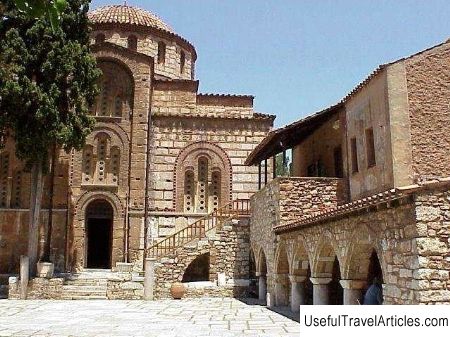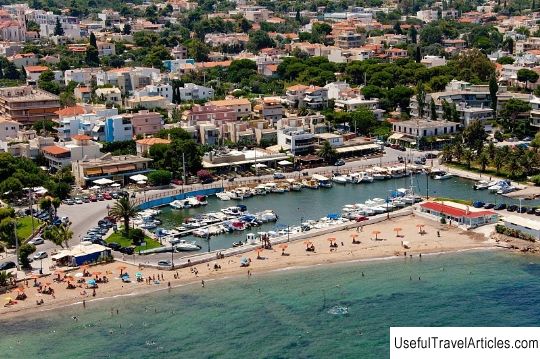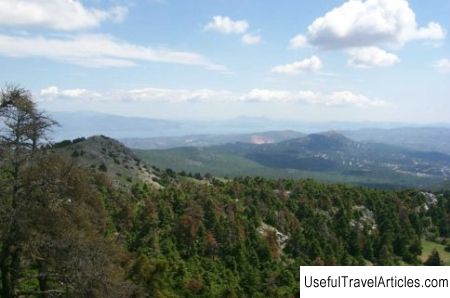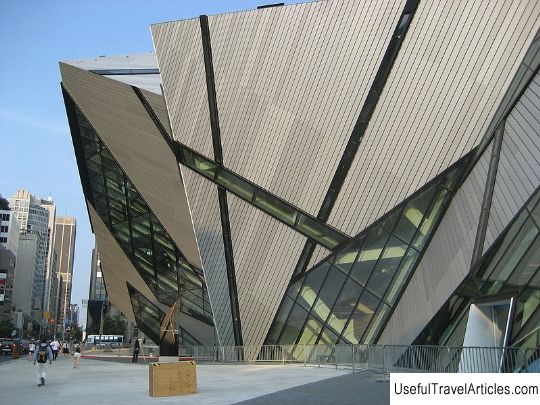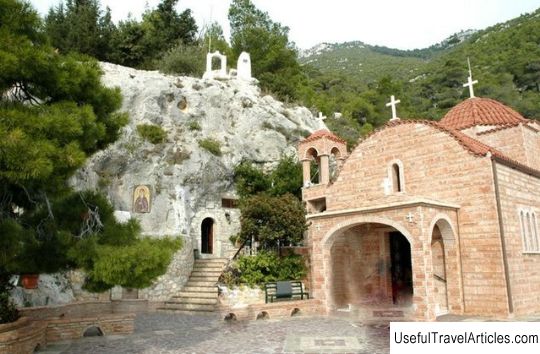Kaisariani Monastery description and photos - Greece: Attica
Rating: 8,1/10 (789 votes) 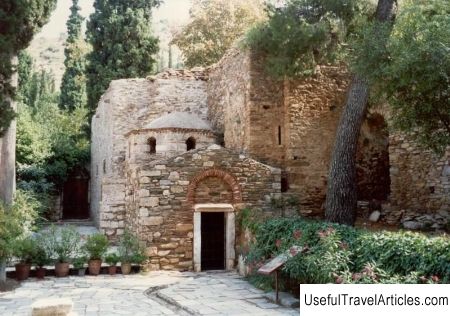
Kaisariani Monastery description and photos - Greece: Attica. Detailed information about the attraction. Description, photographs and a map showing the nearest significant objects. The name in English is Kaisariani Monastery. Photo and descriptionTo the east of Athens on the western slope of Mount Imittos, safely hidden from prying eyes behind a high stone fence, there is an ancient Orthodox shrine - the Kesariani monastery. It is believed that that the Kesariani monastery was founded in the 11th century, but the exact date is not known for certain. After the Fourth Crusade, the Kesariani monastery, unlike many other churches and monasteries, remained in the ownership of the Orthodox Church. The monastery did not cease to exist in 1458, when Attica came under the control of the Ottoman Empire. On the contrary, the monastery flourished, and in 1678, by the decision of Patriarch Dionysius IV of Constantinople, it received the status of stavropegia. However, a little more than 100 years passed, and the Patriarch of Constantinople Neophytos VII, by his decree, denied privileges to the monastery, and he again found himself in the jurisdiction of the Metropolitan of Athens. Over time, the monastery fell into disrepair and was abandoned around 1855. For centuries, the Kesariani monastery was an important religious, cultural and educational center, and today it is rightfully considered one of the most interesting architectural monuments of Greece in the Middle Ages. The monastery's catholicon - the Church of the Most Holy Theotokos, built at the end of the 11th century, undoubtedly deserves special attention. The construction is a cross-domed temple, the dome of which rests on four Ionic columns left over from an ancient sanctuary that existed here in ancient times. The narthex of the Catholicon was built in the 17th century, and the chapel of St. Anthony dates back to the same period. The Church of the Most Holy Theotokos is decorated with magnificent wall paintings, dating back to the 17-18 centuries. The monastic cells, the kitchen and the refectory of the Turkish period, as well as the bathhouse built in the late 11th - early 12th centuries, where an olive press was located during the Ottoman rule, and an ancient marble fountain decorated in the form of a ram's head, have been well preserved to this day. water from which, according to legend, heals infertility.       We also recommend reading Theater for young spectators description and photos - Russia - North-West: Vologda Topic: Kaisariani Monastery description and photos - Greece: Attica. |
